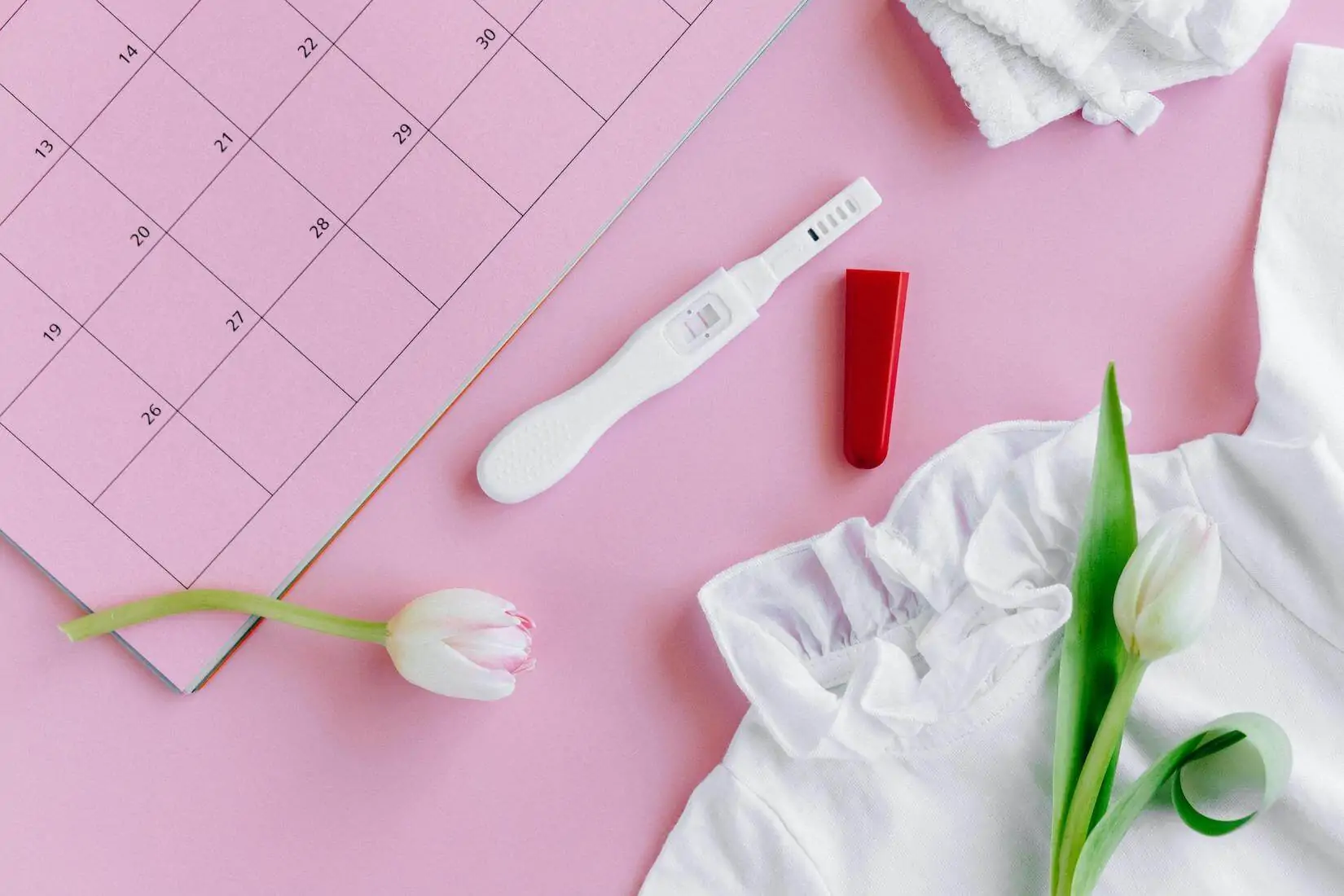Does Uterine Artery Embolization Affect Fertility?

For many women considering uterine artery embolization (UAE) as a treatment for fibroids, one big question looms: Will this affect my ability to have children? It’s an understandable concern, especially for those who may want to conceive in the future. While UAE is a minimally invasive and effective procedure for fibroid treatment, its impact on fertility is a topic worth exploring in depth.
Let’s break it down, covering how UAE works, what research says about fertility outcomes, and what you should consider if pregnancy is in your plans.
What Is Uterine Artery Embolization?
Uterine artery embolization is a non-surgical procedure designed to treat uterine fibroids — noncancerous growths that develop in or around the uterus. These fibroids can cause heavy menstrual bleeding, pelvic pain, bloating, and fertility complications.
During the procedure:
- A tiny catheter is inserted into the femoral artery (near the groin) or radial artery (in the wrist).
- Using X-ray guidance, the catheter is directed to the uterine arteries, which supply blood to the fibroids.
- Small biocompatible particles are injected to block blood flow to the fibroids, causing them to shrink over time.
This minimally invasive approach offers significant relief from fibroid symptoms with less downtime compared to traditional surgery, such as a myomectomy (surgical fibroid removal) or hysterectomy (uterus removal).
Can You Get Pregnant After Uterine Artery Embolization?
The short answer? Yes, but it depends on various factors.
Some women have successfully conceived after UAE, while others may experience challenges with fertility or pregnancy. The impact of UAE on fertility is influenced by:
- Age at the time of the procedure
- The size and location of the fibroids
- The extent of uterine artery blockage
- Overall reproductive health before the procedure
What Research Says About UAE and Fertility
Research on UAE’s impact on fertility has shown positive outcomes for many women, with ongoing studies continuing to explore its full impact. UAE is a highly targeted procedure that focuses only on the small blood vessels feeding the fibroids, leaving the main uterine artery intact and even improving overall uterine blood flow.
Pregnancy Is Possible After UAE
Many women have conceived and delivered healthy babies following UAE. The procedure offers an effective, minimally invasive option for treating fibroids while preserving the uterus, making it a valuable choice for those who wish to avoid surgery but still maintain reproductive potential.
How UAE Affects Uterine and Ovarian Blood Flow
Unlike traditional surgical treatments, UAE does not block the main uterine artery. Instead, it selectively closes off only the small branches that supply the fibroids, allowing more blood to be redirected to the healthy uterine tissue and ovaries. This improved circulation can support overall uterine function after treatment.
Considerations for Pregnancy After UAE
Some studies suggest that pregnancies following UAE may require closer monitoring to ensure optimal uterine health. A few factors that have been observed include:
- Changes in placental attachment, which can occur with any previous uterine procedure
- A slightly higher chance of needing a C-section, depending on fibroid location and uterine healing
- Variations in ovarian response, which can be influenced by age and pre-existing reproductive health
However, many women go on to have smooth pregnancies and deliveries after UAE. If you’re considering the procedure and have future pregnancy goals, speaking with a specialist can help you explore a personalized approach that aligns with your reproductive plans.
Factors That Influence Fertility After UAE
Not every woman responds to UAE in the same way. Your fertility chances depend on several key factors:
1. Age and Ovarian Function
Younger women generally have a better chance of conceiving after UAE. Women over 40 may experience a decline in ovarian function, which could make pregnancy more difficult.
2. Fibroid Type and Size
Certain fibroids are more likely to impact fertility than others:
- Submucosal fibroids (inside the uterine cavity) often interfere with implantation and are sometimes better treated with myomectomy.
- Intramural fibroids (within the uterine wall) may still cause issues, but UAE can be effective in reducing their size.
3. Blood Flow to the Uterus Post-UAE
Because UAE gently redirects blood flow, the uterus may take some time to adjust after the procedure. In many cases, the body naturally restores circulation, supporting normal uterine function over time. Each woman’s experience is unique, and discussing your individual health and fertility goals with a specialist can provide clarity on what to expect.
4. Pre-Existing Fertility Issues
If you had fertility concerns before UAE, such as endometriosis, PCOS, or recurrent pregnancy loss, these factors may still impact your ability to conceive — regardless of UAE.
Should You Choose UAE If You Want to Have Children?
Ultimately, the decision depends on your specific medical history, fertility goals, and severity of symptoms. Here are a few key takeaways:
- UAE can be a good option if fibroids are causing severe symptoms, and other treatments aren’t viable.
- Some women do conceive after UAE, but fertility outcomes vary.
- If pregnancy is a priority, a myomectomy or hysteroscopic fibroid removal may be better options.
- A consultation with a fertility specialist can help determine the best course of action.
UAE and Your Fertility
Uterine artery embolization is a gentle, minimally invasive option for treating fibroids, and many women go on to have successful pregnancies after the procedure. Every woman’s reproductive journey is unique, and if you’re considering UAE and have questions about fertility, a personalized consultation can provide clarity and reassurance about your options.
At Pedes Orange County, we understand the importance of making informed decisions about your health and future. Our specialists are here to offer support, guidance, and expert care, helping you choose the treatment that best aligns with your goals.
If you’re struggling with fibroids and want to learn more about uterine artery embolization or alternative treatments, contact us today to schedule a consultation with our specialists.









